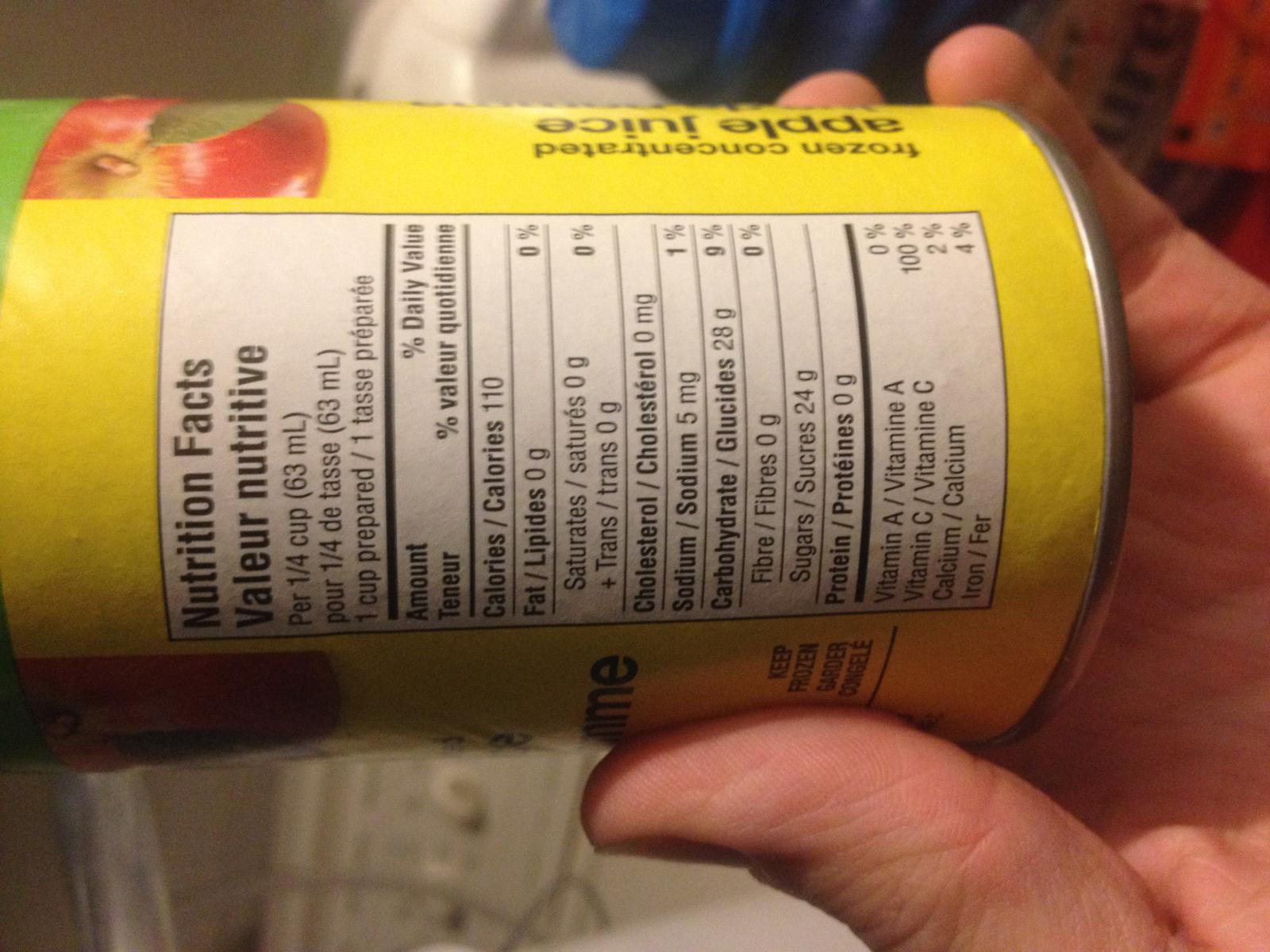Some people will say thet EC1118 is a beast of a yeast that will strip all the flavour out of any cider.
I've come back to this cider 4 times now, and there's always a good segment of my friends and neighbors who like it. The upside is that it is simple, cheap, and pretty darn hard to mess up.
For a 5 gallon batch, purchase 19 litres / 5 gallons of storebrand/whatever is cheapest filtered, pasteurized apple juice with vit c added. Avoid the low acid juices.
Pour vigorously into your primary fermenter, and pitch one sachet of Lalvin EC-1118 yeast. Allow to ferment for 4 weeks or until clear. For priming use 55ml per 3.75litres/gallon of storebrand frozen Apple Juice Concentrate, thawed and added to the bottling bucket before racking your cider to the bottling bucket. I cheat and use the entire can for 5 gallon batches, I believe the can of concentrate is 283 ml.
Bottle, allow to condition for 3-4 weeks. Chill and Enjoy.
This is the simplest cider in my recipe book, and it always has fans. Approx 6% ABV but will vary by your juice. Don't worry about the OG, don't bother to boost it, just start with your apple juice and let it ride.
I've come back to this cider 4 times now, and there's always a good segment of my friends and neighbors who like it. The upside is that it is simple, cheap, and pretty darn hard to mess up.
For a 5 gallon batch, purchase 19 litres / 5 gallons of storebrand/whatever is cheapest filtered, pasteurized apple juice with vit c added. Avoid the low acid juices.
Pour vigorously into your primary fermenter, and pitch one sachet of Lalvin EC-1118 yeast. Allow to ferment for 4 weeks or until clear. For priming use 55ml per 3.75litres/gallon of storebrand frozen Apple Juice Concentrate, thawed and added to the bottling bucket before racking your cider to the bottling bucket. I cheat and use the entire can for 5 gallon batches, I believe the can of concentrate is 283 ml.
Bottle, allow to condition for 3-4 weeks. Chill and Enjoy.
This is the simplest cider in my recipe book, and it always has fans. Approx 6% ABV but will vary by your juice. Don't worry about the OG, don't bother to boost it, just start with your apple juice and let it ride.















![Craft A Brew - Safale S-04 Dry Yeast - Fermentis - English Ale Dry Yeast - For English and American Ales and Hard Apple Ciders - Ingredients for Home Brewing - Beer Making Supplies - [1 Pack]](https://m.media-amazon.com/images/I/41fVGNh6JfL._SL500_.jpg)










































